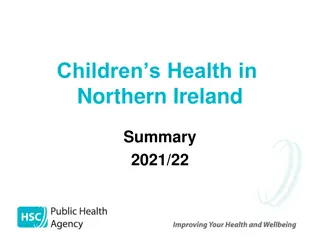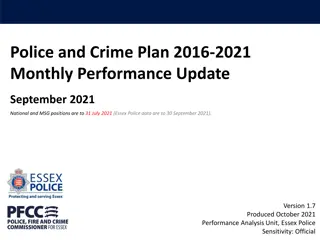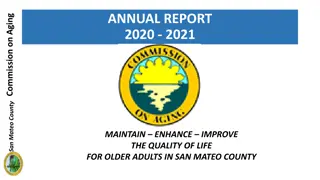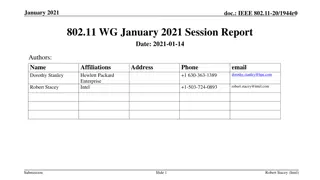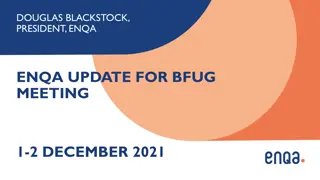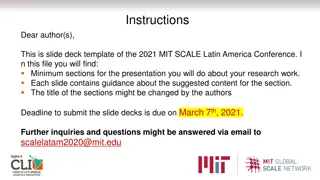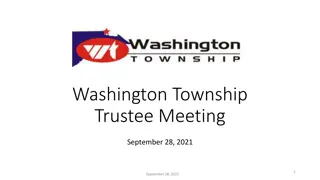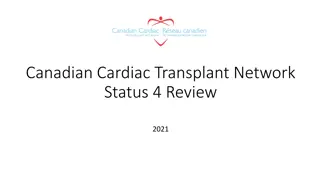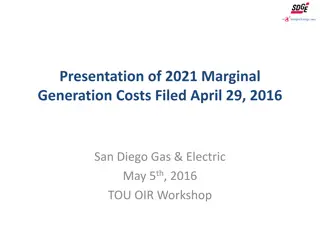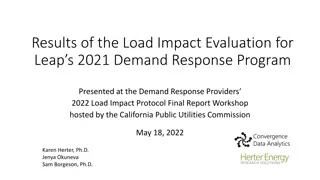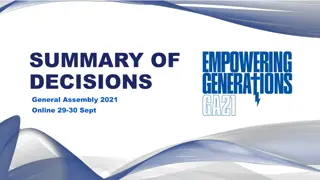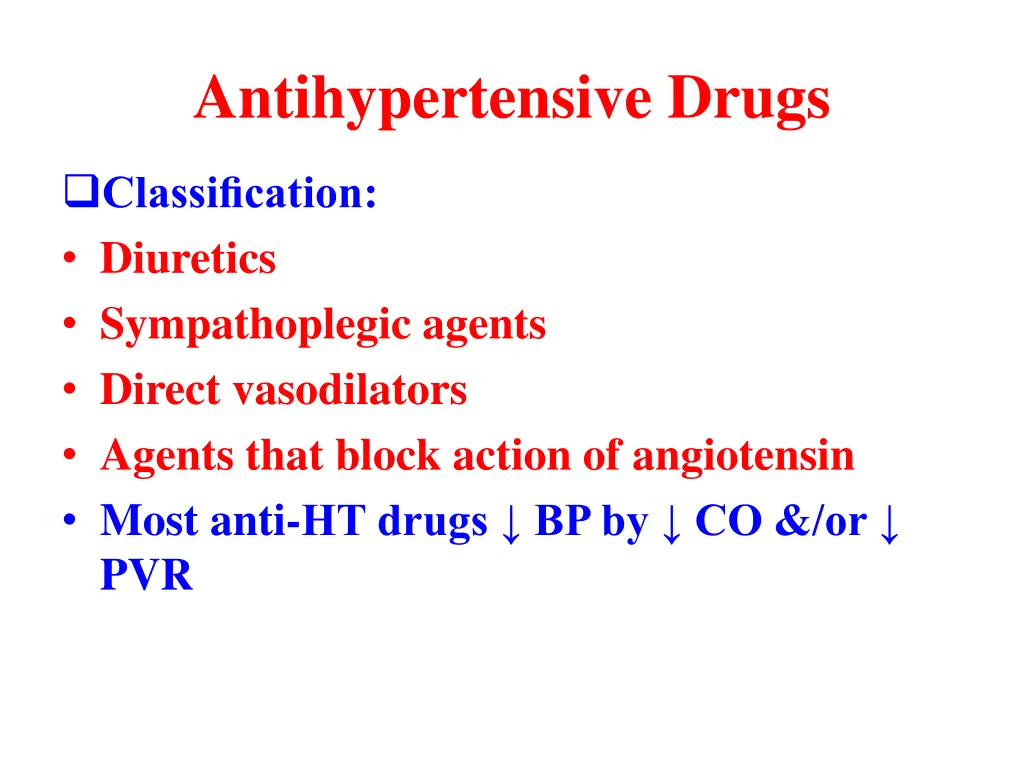
Understanding Antihypertensive Drugs and Their Mechanisms
Explore the classification, mechanisms, and common drugs used for managing hypertension. Learn about diuretics, sympathoplegic agents, direct vasodilators, and the role of angiotensin in blood pressure regulation. Discover how combining multiple drugs can optimize blood pressure control, along with potential adverse effects to consider. Delve into specific types of diuretics like thiazides, loop diuretics, and potassium-sparing diuretics, understanding their mechanisms of action and clinical indications.
Download Presentation

Please find below an Image/Link to download the presentation.
The content on the website is provided AS IS for your information and personal use only. It may not be sold, licensed, or shared on other websites without obtaining consent from the author. If you encounter any issues during the download, it is possible that the publisher has removed the file from their server.
You are allowed to download the files provided on this website for personal or commercial use, subject to the condition that they are used lawfully. All files are the property of their respective owners.
The content on the website is provided AS IS for your information and personal use only. It may not be sold, licensed, or shared on other websites without obtaining consent from the author.
E N D
Presentation Transcript
Antihypertensive Drugs Classification: Diuretics Sympathoplegic agents Direct vasodilators Agents that block action of angiotensin Most anti-HT drugs BP by CO &/or PVR
Mild HT can be controlled with a single drug; Most patients require more than one drug to achieve BP control: Initiate therapy with a thiazide diuretic. If BP is inadequately controlled 2nd drug ( -blocker) is added. For patients who still fail to respond 3rd drug (vasodilator) can be added ACEIs, ARBs, & CCBs can also be used to initiate therapy.
The adverse effects associated with anti-HT may influence the patient more than the future benefits. e.g., -blockers-induced sexual dysfunction may discontinue therapy.
Thiazides Diuretics Hydrochlorothiazide, Chlorthalidone, Metolazon Thiazide are used as monotherapy, or in combination with other antihypertensive agents. They inhibit Na+/Cl transporter in distal convoluted tubules (DCT) NaCl reabsorption and Ca2+ reabsorption may blunt uric acid secretion leading to gout Long-term use of these drugs may result in hyponatremia and hyperglycemia.
Loop diuretics: Frusemide, Torasemide Bumetanide are the most efficacious diuretic agents. inhibit Na+/K+/2Cl cotransporter in the thick ascending limb (TAL) of Henle s loop NaCl reabsorption, Mg2+ excretion & Ca2+ Indications: 1. acute pulmonary edema, HF or cirrhosis 2. as an effective anti-hypertensive agent especially in the presence of renal insufficiency.
Potassium-sparing diuretics: Spironolactone, eplerenone absorption of Na+ in the collecting ducts antagonizing the aldosterone effects in collecting tubules prevent K+ excretion Indications: avoid excessive K+ depletion, particularly in patients on digitalis hyperaldosteronism evoked by HF, hepatic cirrhosis, or nephrotic syndrome
Sympathoplegic Drugs sympathetic outflow from vasomotor centers in the brain stem Clonidine Methyldopa are rarely used today.
-Adrenoceptor-Blockers 1-Selective Atenolol, Metoprolol 1 & 2 Non-Selective Propranolol, Nadolol 1 & 2 Non-Selective/ 1- Selective Carvedilol, Labetalol
1-Adrenoceptor-Blocking Agents Prazosin Terazosin Doxazosin - Seldom used because of their Side Effects profile.
Vasodilators Hydralazine Minoxidil Sodium nitroprusside Fenoldopam
Calcium-Channel Blockers (CCBs) Amlodipine Felodipine, Nifedipine Verapamil Diltiazem
ACE Inhibitors Captopril Enalapril Lisinopril Ramipril PVR vasodilation as a result of the combined effects of: angiotensin II (the potent vasoconstrictor) & bradykinin (the potent vasodilator) ACEIs circulating angiotensin II levels secretion of aldosterone retention of Na+ & H2O.
Angiotensin Receptor Blockers (ARBs) Candesartan, Losartan, Valsartan These drugs are AT1 -receptors blockers. are alternatives to ACEIs.
Hypertensive Emergency Sodium Nitroprusside Labetalol Fenoldopam Nicardipine


